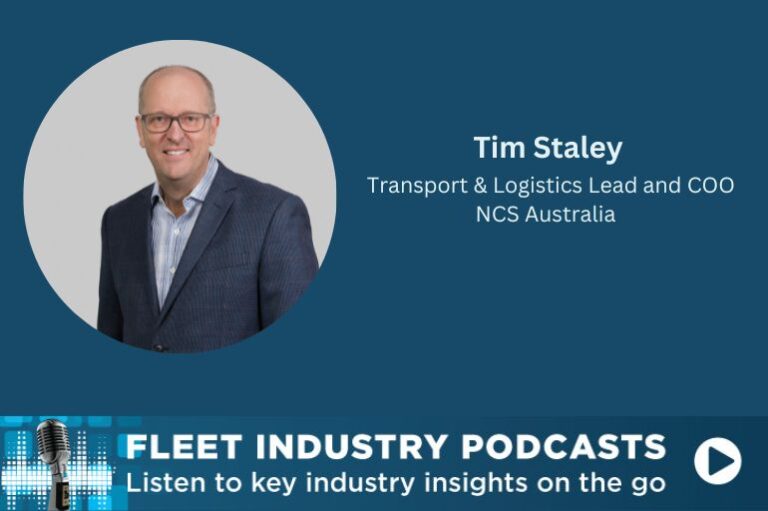Tim Staley, Transport & Logistics Lead and Chief Operating Officer at technology consultancy NCS, spoke on the Fleet News Group podcast, about key trends in transport, including autonomous vehicles, mobility as a service, intelligent transport systems to dynamically manage traffic, and more.
Staley whose broad senior executive experience encompasses working at global consultancy Accenture, major world mining group Rio Tinto, Australian commercial rail group Aurizon where he helped automate their railway operations, and on the gas fields at energy group Origin commented on the evolution of environmentalism and how all the worlds he operated in have coalesced.
“It does seem very natural now that an ecosystem has formed that needs to rise as one to achieve a new automated future with greater mobility options and greater sustainability to support a growing population,” said Staley.
NCS is involved in a lot of industries, not just transport. Based in Singapore and with offices in all mainland state capital cities of Australia, NCS helps businesses integrate management software like SAP and cloud and develops customised apps. NCS is focussed on digital technology and cyber security services. NCS is also big in China and India, Malaysia and other Asia Pacific hubs.
NCS identified connected and autonomous vehicles as the top trend in a recent transport report.
“A lot of clients are looking to try out more autonomous operations. We’re seeing it work very successfully in controlled environments and at scale, so for example, in the mining industry,” said Brisbane-based Staley, citing drill and blast vehicles in the Pilbara and autonomous trains carrying ore to the ports from the mines.
Out in the bigger, wider world, where there are more uncontrolled features in the environment to consider — such as pedestrians, fleets are still operating at the edges, using some things like lane keeping features, cruise control and park assist, said Staley.
“They’re looking to automate their operations but they’re really right at the edges to start with so they’re confident the technology is identifying the right cases and that it’s improving the way they operate,” said Staley, adding, “We’re still kind of creeping up on that challenge of the mixed traffic. That’s probably the key challenge in this autonomous area: how do we operate successfully in mixed traffic?”
Meanwhile, machine learning is ushering in increased features including monitoring driver awareness, with in-cabin cameras and sensors assessing driver fatigue by reading eyelid movements and facial expressions to detect micro-sleeps and send alerts to operators.
Talking about mobility as a service, Staley said the Covid pandemic made people wary of sharing their space on public transport, but suggested that may have spurred them to use other new options like mobile scooter and bike services.
“In states like Queensland and Victoria micro mobility really took off with the mobile scooters and the mobile bikes. Now people can just walk up and use an app and connect and go to where they want to go.
“We’re seeing the mobility as a service really rising and where it’s going to go from here is really about allowing people to plan their journey using a multiple or variety of mobility services on a single digital channel,” said Staley, citing an example of a journey planner suggesting a mobility scooter that links to an electric bus.
Staley went on to talk about tectonic shifts and disruption in transport being brought about by artificial intelligence, technology, machine learning, cloud computing and 5G.
“You could foresee those sort of generative AI engines seeing a hazard and effectively rerouting traffic around it,” said Staley, adding freight delivery companies are always trying to optimise their routes, the number of vehicles they have, and the types of vehicles they have to make them as green as possible.
“But really we’re only at the beginning and what’s going to happen is that increasingly our lives are going to be integrated with data and intelligence.
“The industry is very much ripe to exploit the technologies that are currently available because that hasn’t fully been done yet. The journey is just beginning. “







